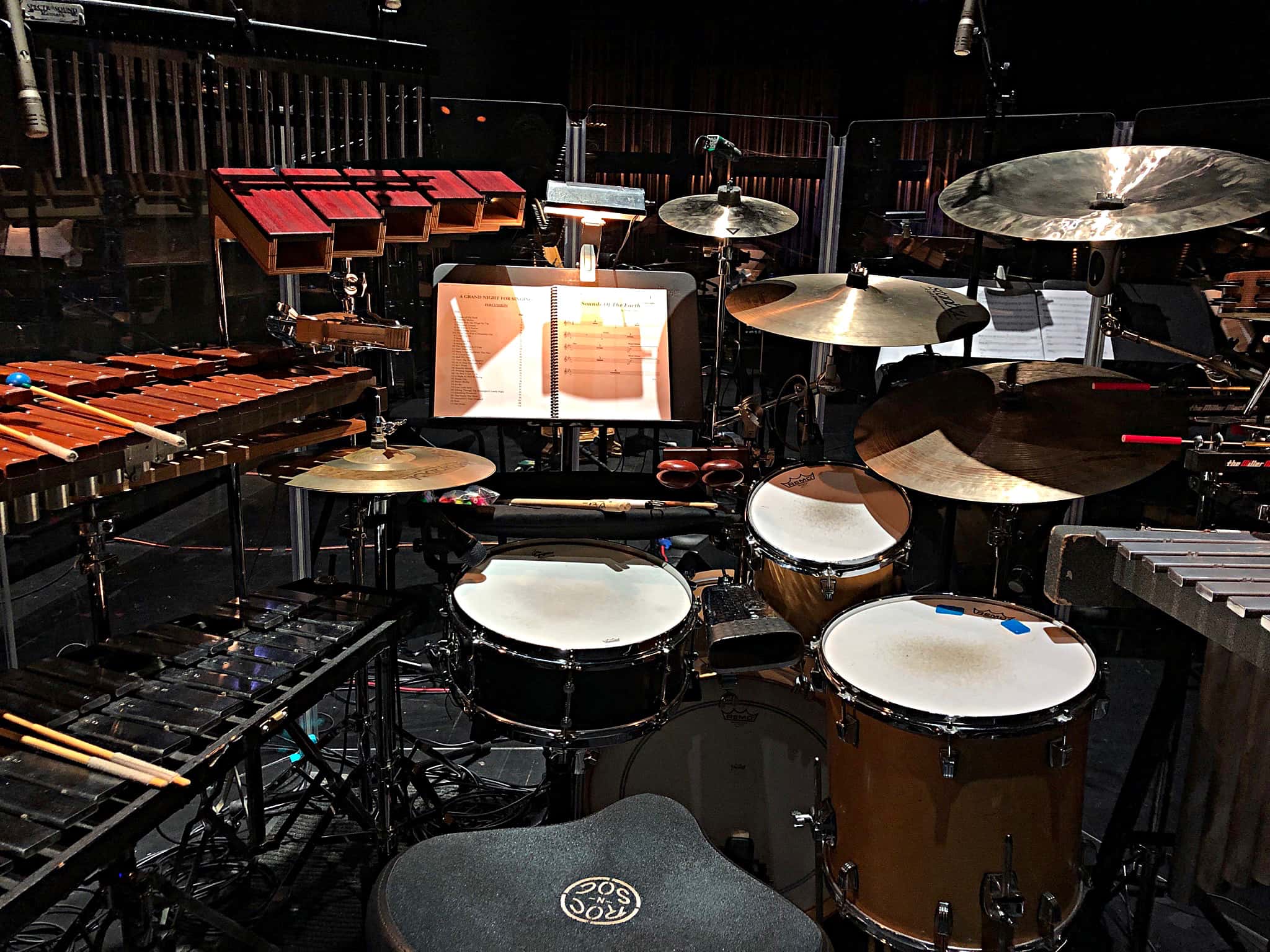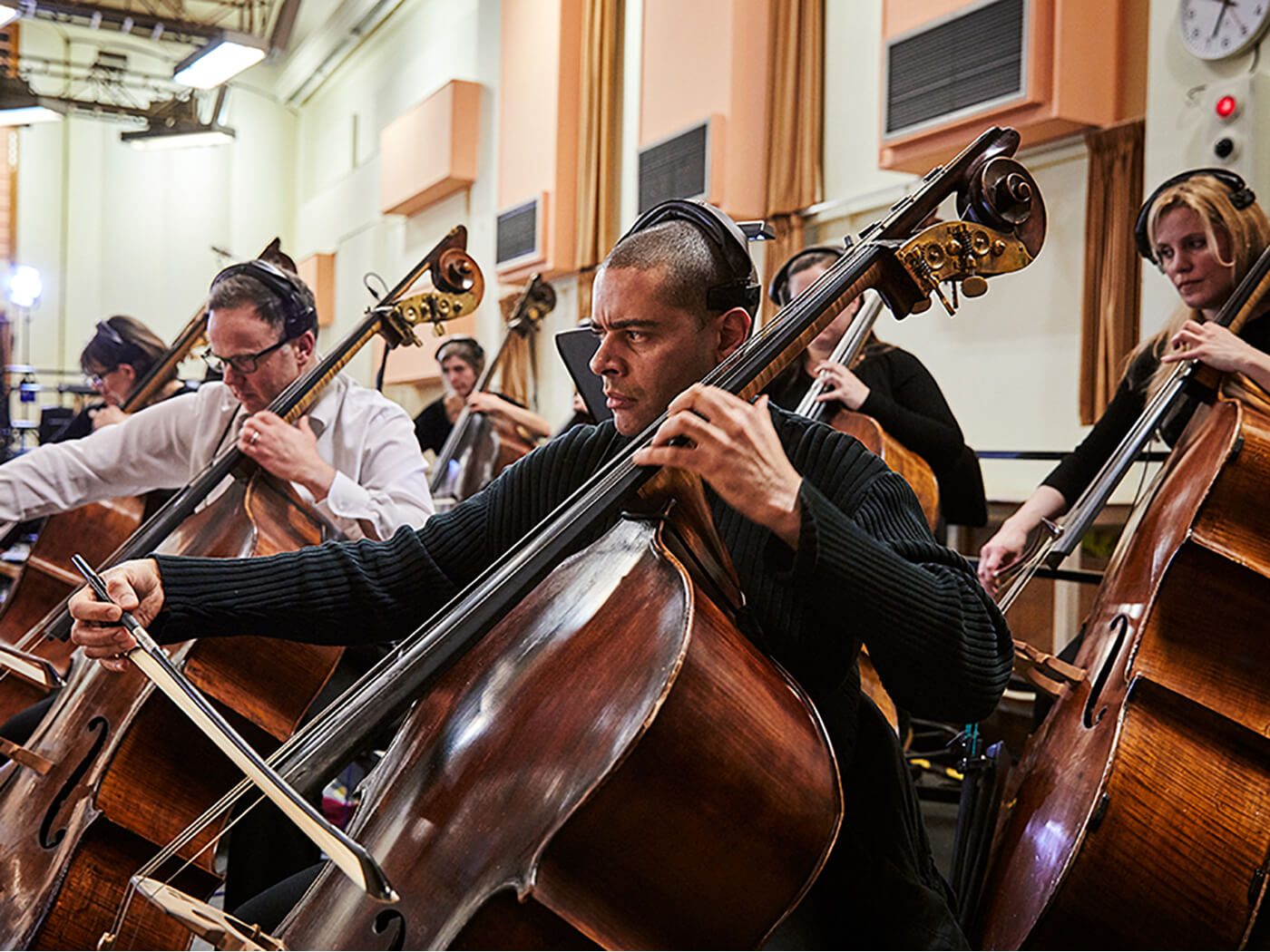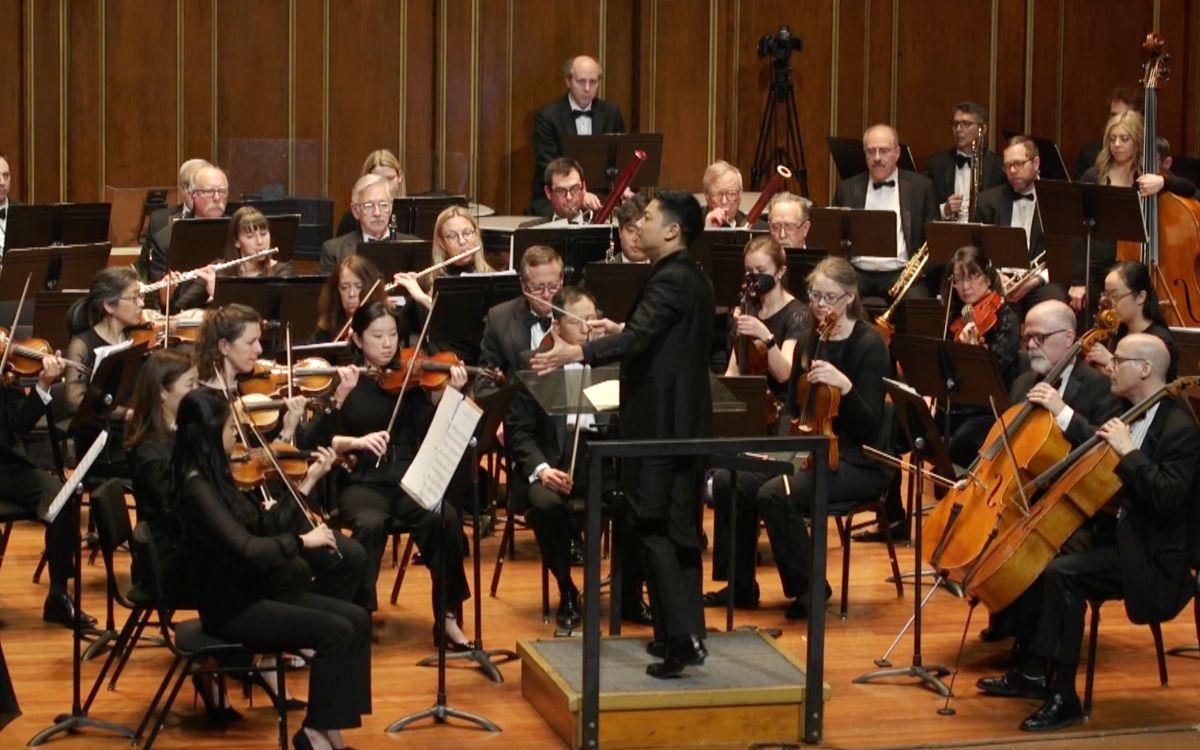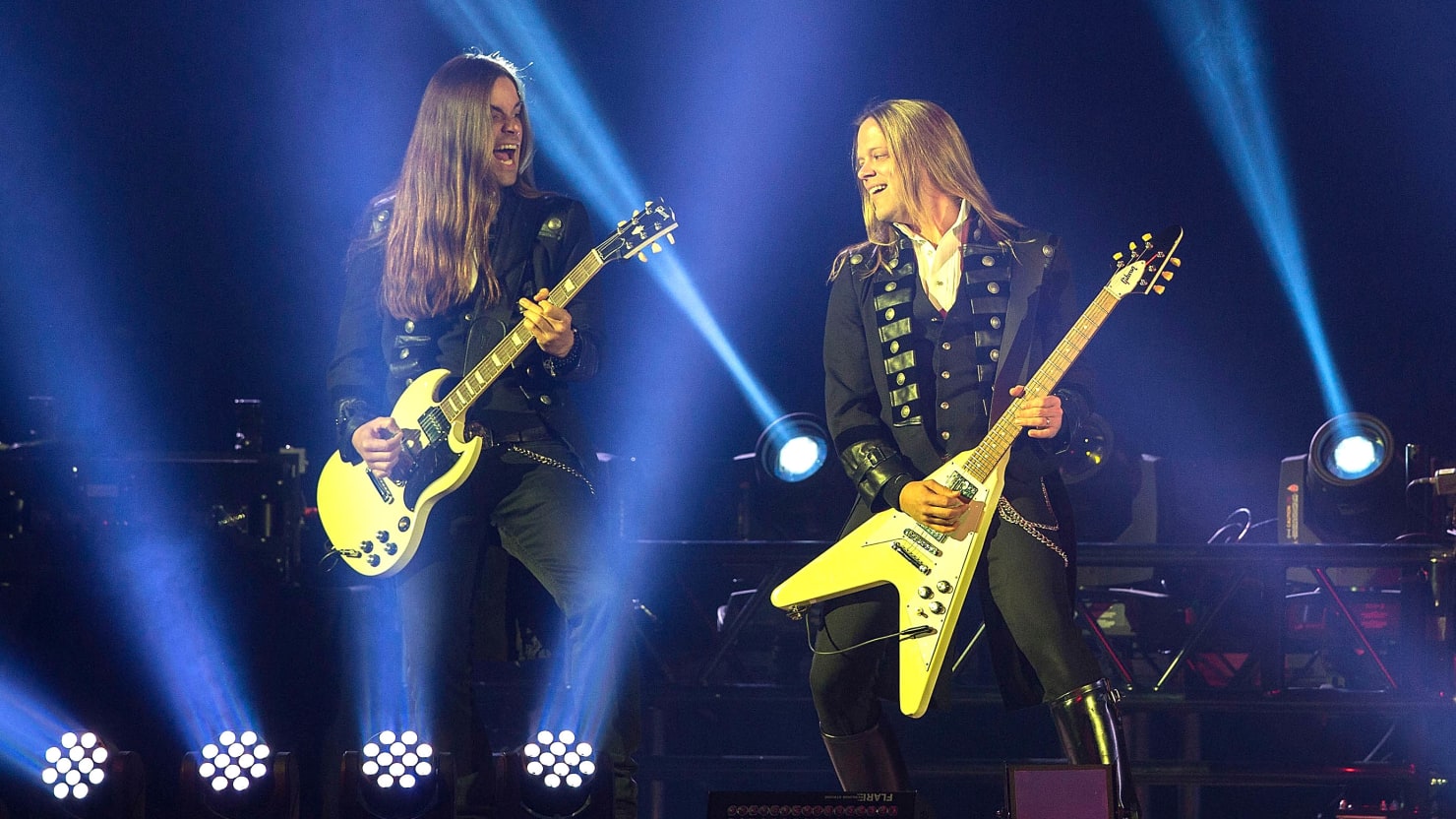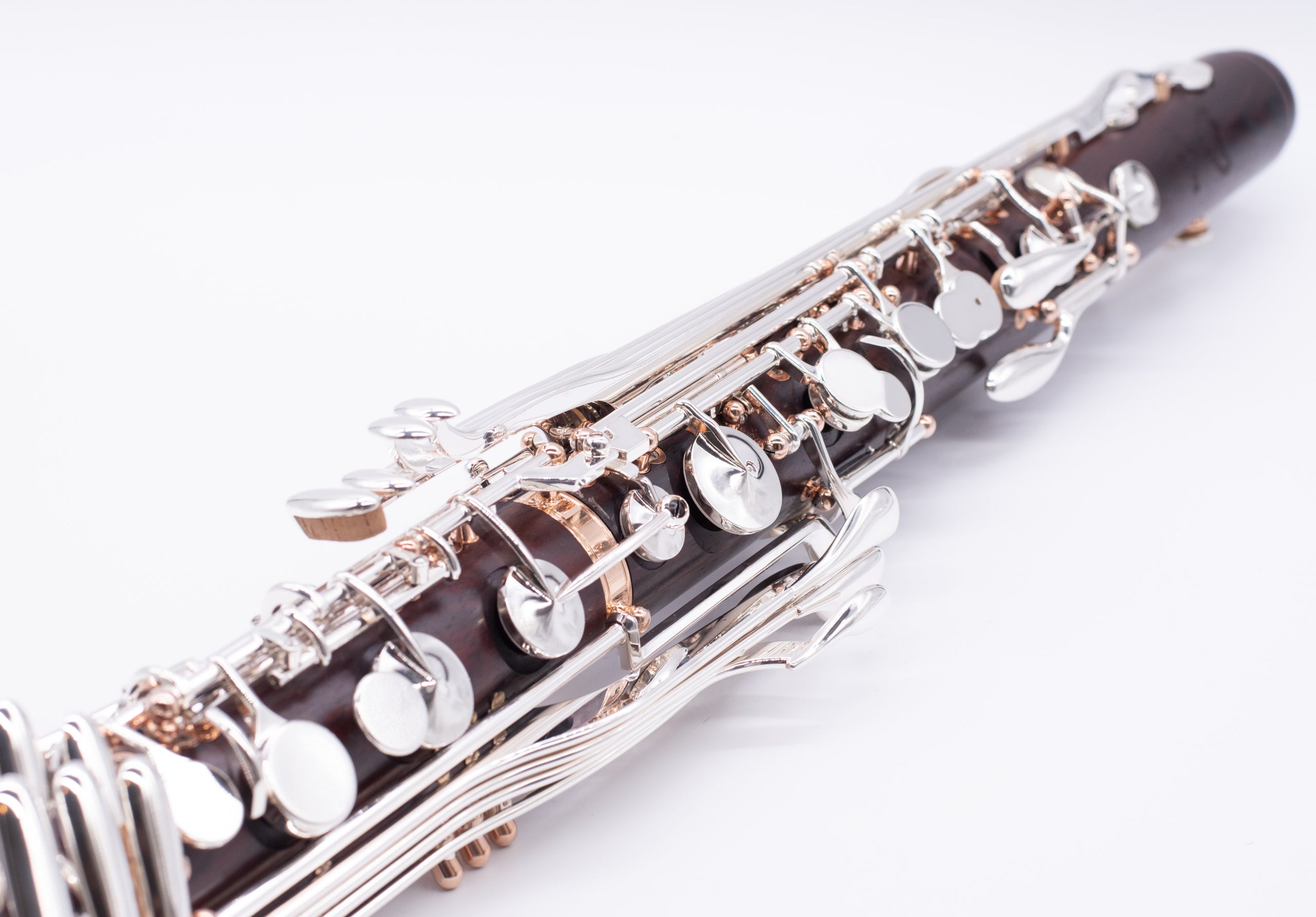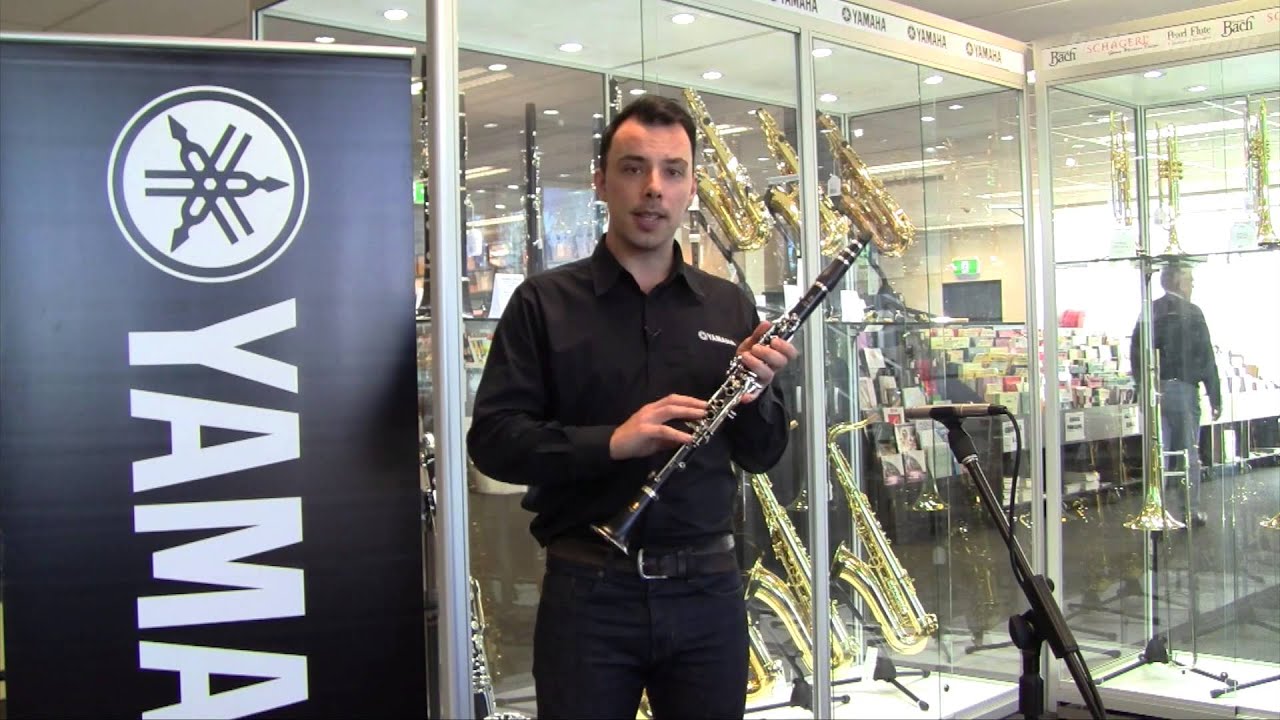Home>Production & Technology>Orchestra>How Many Clarinets Are In An Orchestra
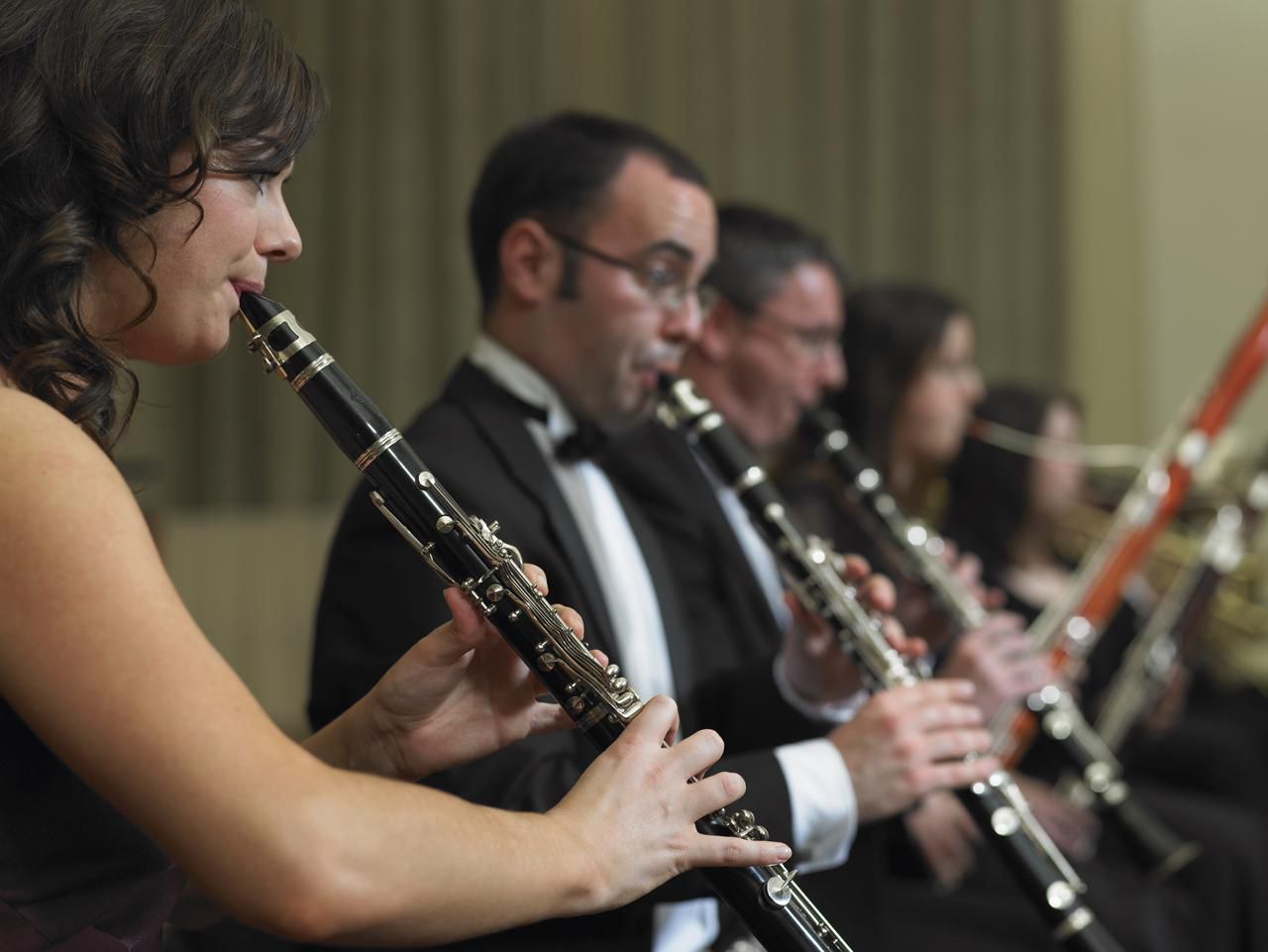

Orchestra
How Many Clarinets Are In An Orchestra
Published: February 23, 2024
Discover the role of clarinets in an orchestra and learn how they contribute to the rich, harmonious sound of the ensemble. Explore the unique blend of instruments in an orchestra.
(Many of the links in this article redirect to a specific reviewed product. Your purchase of these products through affiliate links helps to generate commission for AudioLover.com, at no extra cost. Learn more)
Table of Contents
Introduction
The clarinet, with its rich and versatile sound, is a prominent member of the woodwind section in orchestras. Its unique timbre and wide-ranging capabilities make it a valuable asset in creating the intricate tapestry of orchestral music. Understanding the role of clarinets in an orchestra and the factors influencing their numbers can provide insight into the dynamic and diverse nature of orchestral compositions.
The presence of clarinets in an orchestra adds depth and color to the overall sonic landscape. Whether delivering lyrical melodies, providing harmonic support, or contributing to the rhythmic pulse of a piece, the clarinet's adaptability allows it to seamlessly integrate into various musical contexts. From the poignant melancholy of Tchaikovsky's "Swan Lake" to the exuberant energy of Gershwin's "Rhapsody in Blue," the clarinet's expressive capabilities have solidified its status as a cherished component of orchestral arrangements.
As we delve into the world of orchestral instrumentation, it becomes evident that the number of clarinets utilized can vary significantly among different orchestras and musical compositions. This variability reflects the diverse artistic interpretations and the nuanced requirements of specific pieces. Moreover, the decision to include a certain number of clarinets is intricately linked to the composer's vision, the historical context of the composition, and the stylistic preferences of the conductor and ensemble.
In this exploration, we will unravel the standard practices regarding the number of clarinets in an orchestra, examine the variations observed across different orchestras, and delve into the factors that influence these decisions. By shedding light on these aspects, we aim to gain a deeper appreciation for the complexities and artistry inherent in orchestral music, particularly concerning the role of clarinets.
The Role of Clarinets in an Orchestra
The clarinet, a prominent member of the woodwind family, plays a multifaceted role in the orchestral landscape. Its rich, velvety timbre and remarkable agility enable it to fulfill diverse musical functions, contributing to the overall sonic tapestry with finesse and versatility.
Melodic Elegance
One of the most distinctive roles of the clarinet in an orchestra is its capacity to deliver captivating melodies with an exquisite blend of warmth and expressiveness. From poignant solos that evoke profound emotions to enchanting duets and ensemble passages, the clarinet's lyrical prowess adds a layer of melodic elegance to orchestral compositions. Its ability to convey a wide range of emotions, from tender nostalgia to exuberant exultation, makes it a cherished vehicle for musical storytelling.
Harmonic Support
In addition to its melodic prowess, the clarinet excels in providing harmonic support within the orchestra. Its rich, mellow tones can enhance the harmonic foundation of a musical piece, adding depth and color to the overall sound. Whether in collaboration with other woodwinds or as part of the larger orchestral ensemble, the clarinet's harmonic contributions enrich the musical texture, creating a lush and resonant backdrop for the entire orchestra.
Rhythmic Vitality
Furthermore, the clarinet plays a pivotal role in infusing rhythmic vitality into orchestral compositions. Its agile and nimble nature allows it to navigate intricate rhythmic patterns with precision and flair. By interweaving with other instrumental sections or taking center stage in rhythmic motifs, the clarinet contributes to the rhythmic drive and momentum of the music, injecting energy and dynamism into the overall performance.
Expressive Versatility
The expressive versatility of the clarinet enables it to seamlessly adapt to a wide spectrum of musical genres and styles. From classical symphonies to contemporary film scores, the clarinet's adaptability allows it to traverse diverse musical landscapes, showcasing its ability to evoke a myriad of moods and atmospheres. Its expressive range encompasses tender lyricism, playful exuberance, haunting melancholy, and spirited exultation, making it an indispensable voice in the orchestral palette.
In essence, the clarinet's multifaceted role in an orchestra encompasses melodic eloquence, harmonic richness, rhythmic vitality, and expressive versatility, solidifying its status as a cherished and indispensable component of orchestral compositions. Its seamless integration into the orchestral fabric, coupled with its ability to convey a wide spectrum of emotions, underscores the significance of the clarinet in shaping the sonic tapestry of orchestral music.
The Standard Number of Clarinets in an Orchestra
The standard number of clarinets in an orchestra typically varies based on the size and repertoire of the ensemble. In a traditional symphony orchestra, it is customary to find a section comprising two to three clarinets. This configuration commonly includes a principal (or first) clarinetist and one or two assistant (or second) clarinetists. The presence of multiple clarinetists allows for a balanced distribution of musical responsibilities and enhances the overall sonic richness of the woodwind section.
The principal clarinetist, often considered the leader of the clarinet section, assumes a pivotal role in interpreting and executing intricate musical passages, delivering expressive solos, and providing musical guidance to the ensemble. The assistant clarinetists, while supporting the principal clarinetist, also contribute to the harmonic and melodic foundations of the orchestral compositions, adding depth and complexity to the overall sound.
In some larger orchestras or when performing specific repertoire that demands an expanded woodwind section, an additional bass clarinet may be included. The bass clarinet, with its lower register and distinctive timbre, enriches the tonal palette of the orchestra, adding a resonant and sonorous quality to the woodwind ensemble.
Furthermore, contemporary compositions and avant-garde musical works may call for unconventional instrumentation, leading to variations in the standard number of clarinets. Composers often explore innovative sonic textures and instrumental combinations, prompting orchestras to adapt to the evolving demands of modern repertoire.
The standard number of clarinets in an orchestra is not merely a matter of numerical allocation but is deeply rooted in the historical, stylistic, and sonic requirements of the music being performed. It reflects a delicate balance between tradition and innovation, as well as the artistic vision of the composer and conductor. Ultimately, the standard number of clarinets in an orchestra serves as a testament to the dynamic and ever-evolving nature of orchestral music, where tradition and creativity converge to shape captivating musical experiences.
Variations in Clarinet Numbers Across Different Orchestras
The number of clarinets utilized in orchestral ensembles exhibits remarkable variability across different orchestras, reflecting the diverse artistic interpretations and the nuanced requirements of specific musical compositions. This variance in clarinet numbers underscores the dynamic and adaptive nature of orchestral instrumentation, as well as the intricate interplay between historical traditions, compositional styles, and the artistic preferences of conductors and orchestral directors.
In smaller chamber orchestras or ensembles, the clarinet section may consist of a single principal clarinetist, showcasing the instrument's soloistic capabilities within a more intimate setting. This configuration allows for a more focused and nuanced exploration of the clarinet's expressive potential, with the principal clarinetist assuming a central role in shaping the sonic landscape of the ensemble.
Conversely, in larger symphony orchestras, the clarinet section often comprises a principal clarinetist, multiple assistant clarinetists, and occasionally an additional bass clarinetist. This expanded configuration enables the orchestra to harness the full sonic breadth of the clarinet family, facilitating the execution of complex harmonic and melodic passages while contributing to the overall richness of the woodwind ensemble.
Furthermore, the specific repertoire being performed can significantly influence the number of clarinets employed by an orchestra. Orchestras specializing in historically informed performances of Baroque and Classical era compositions may adhere to period-specific instrumentation, resulting in a smaller complement of clarinets to align with historical performance practices. Conversely, modern orchestras tackling contemporary and experimental works may embrace unconventional instrumental combinations, leading to a more diverse and expansive deployment of clarinets to fulfill the distinct sonic requirements of avant-garde compositions.
Moreover, regional and cultural factors can also play a role in shaping the variations in clarinet numbers across different orchestras. Orchestras rooted in diverse musical traditions and genres may integrate indigenous woodwind instruments alongside standard clarinets, amplifying the sonic diversity and cultural resonance of the ensemble.
In essence, the variations in clarinet numbers across different orchestras epitomize the adaptability and fluidity inherent in orchestral instrumentation. This diversity underscores the multifaceted nature of orchestral music, where the interplay of historical conventions, artistic innovation, and cultural influences converges to shape a rich tapestry of musical expression.
Factors Influencing the Number of Clarinets in an Orchestra
The number of clarinets in an orchestra is influenced by a myriad of factors that encompass historical traditions, compositional requirements, stylistic preferences, and the interpretive vision of conductors and composers. These influential elements collectively shape the orchestral landscape and contribute to the nuanced decisions regarding the allocation of clarinet resources within an ensemble.
Historical Context and Period-Specific Repertoire
The historical context of a musical composition often exerts a significant influence on the number of clarinets employed by an orchestra. Orchestras dedicated to historically informed performances of Baroque and Classical era repertoire may adhere to period-specific instrumentation practices, resulting in a more restrained deployment of clarinets in alignment with the stylistic conventions of the respective eras. Conversely, orchestras interpreting Romantic and contemporary works may embrace a more expansive utilization of clarinets to accommodate the broader sonic palette and expressive demands of these compositions.
Compositional Requirements and Orchestration
The orchestration of a musical piece plays a pivotal role in determining the number of clarinets required for a given performance. Composers, in their quest for sonic innovation and expressive depth, meticulously craft orchestral scores that dictate the specific instrumental combinations and the allocation of musical roles. The number of clarinets designated in the orchestration reflects the composer's artistic intentions, ranging from intimate chamber settings that feature a single clarinet to grand symphonic works that necessitate a larger clarinet section to realize the full breadth of the envisioned sonic tapestry.
Artistic Interpretation and Conductor's Vision
The interpretive vision of conductors and the artistic ethos of orchestral directors also influence the number of clarinets in an orchestra. Conductors, driven by their unique musical sensibilities and interpretive insights, may advocate for variations in clarinet numbers to align with their expressive interpretations of a musical composition. This artistic agency allows conductors to tailor the orchestral instrumentation to suit their thematic and sonic aspirations, thereby shaping the overall tonal character and emotive impact of the performance.
Stylistic Diversity and Contemporary Innovations
The evolving landscape of orchestral music, encompassing diverse stylistic genres and contemporary innovations, introduces a dynamic dimension to the deployment of clarinets in orchestras. Orchestras engaging with avant-garde, experimental, and cross-genre compositions may embrace unconventional instrumental combinations, leading to a flexible and diverse utilization of clarinets to realize the distinct sonic explorations and expressive frontiers of modern repertoire.
Artistic Collaboration and Ensemble Dynamics
The collaborative dynamics within an orchestra, including interactions between the clarinet section and other instrumental families, also inform the decision-making process regarding clarinet numbers. The interplay between woodwinds, brass, strings, and percussion influences the distribution of musical roles and the allocation of instrumental resources, fostering a cohesive and balanced ensemble sound that harmoniously integrates the expressive contributions of the clarinet section.
In essence, the number of clarinets in an orchestra is shaped by a confluence of historical legacies, compositional imperatives, artistic interpretations, and the evolving currents of orchestral music, exemplifying the intricate interplay of tradition, innovation, and artistic agency in shaping the vibrant orchestral tapestry.
Conclusion
The orchestral landscape, with its diverse array of musical colors and expressive possibilities, resonates with the nuanced presence of clarinets. These versatile woodwind instruments, renowned for their melodic eloquence, harmonic richness, and rhythmic vitality, embody a multifaceted role within the orchestral fabric. As we navigate the intricacies of orchestral instrumentation, it becomes evident that the number of clarinets in an orchestra is not merely a numerical allocation but a reflection of historical traditions, compositional exigencies, and the interpretive visions of conductors and composers.
The standard number of clarinets in an orchestra, often comprising a principal clarinetist and assistant clarinetists, embodies a balance of musical responsibilities and contributes to the sonic richness of the woodwind section. The inclusion of a bass clarinet in larger orchestras further expands the tonal palette, adding a resonant and sonorous quality to the ensemble. However, the variations in clarinet numbers across different orchestras underscore the adaptive nature of orchestral instrumentation, shaped by historical contexts, regional influences, and the expressive demands of specific repertoire.
The influential factors that determine the number of clarinets in an orchestra encompass historical legacies, compositional imperatives, artistic interpretations, and the evolving currents of orchestral music. From period-specific repertoire that adheres to historical instrumentation practices to contemporary innovations that embrace diverse instrumental combinations, the orchestral landscape embodies a dynamic interplay of tradition, innovation, and artistic agency.
In essence, the presence of clarinets in an orchestra serves as a testament to the ever-evolving nature of orchestral music, where tradition and creativity converge to shape captivating musical experiences. The clarinet's ability to seamlessly adapt to a wide spectrum of musical genres and styles underscores its indispensable role in shaping the sonic tapestry of orchestral compositions. As orchestras continue to navigate the artistic frontiers of orchestral music, the presence and allocation of clarinets stand as a testament to the enduring allure and expressive potential of these remarkable woodwind instruments.

